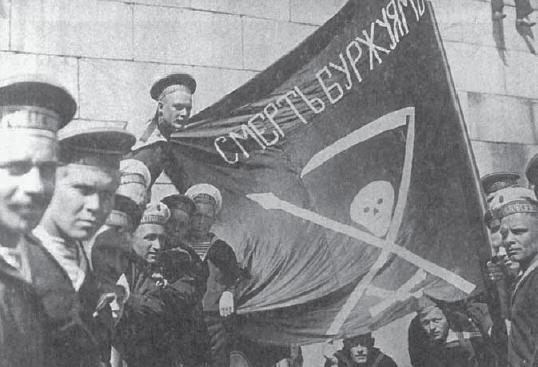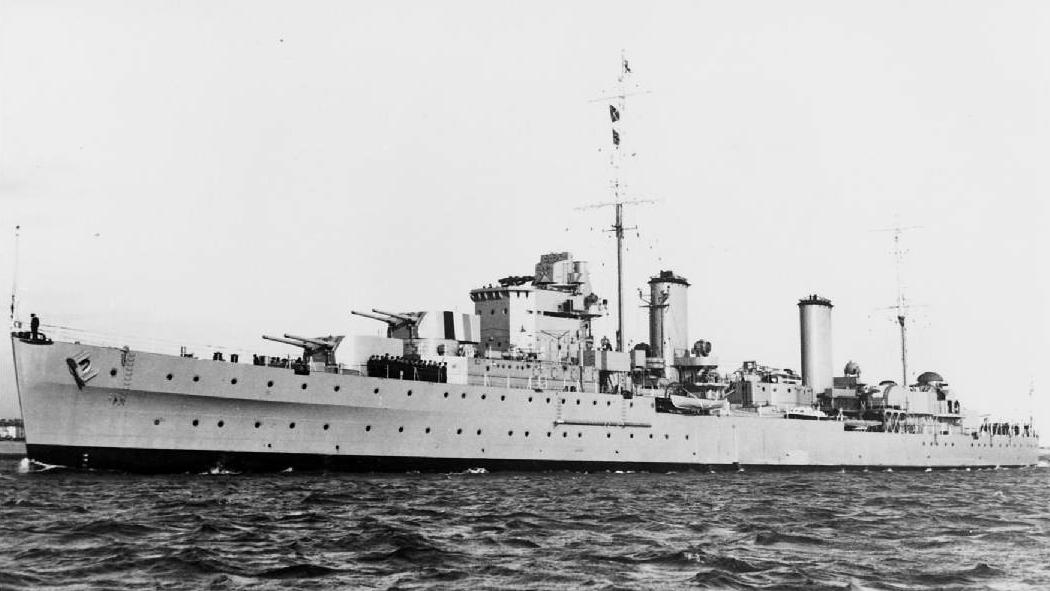
 |
FIGHT FOR COMMUNISM! |
International Communist Workers Party | |

Navy and Army mutinies occurred many times in the military forces of capitalist countries during the twentieth century. In a number of cases these mutinies were connected with revolutions, helping to start them or defend them. This article is a short summary of mutinies in the Russian, German, U. S., Chinese and French forces, and the role they played in several revolutions. None of these revolutions fought directly for communism, but they provide lessons for ICWP’s military work in mobilizing the masses for communism.
During the First World War, the Bolsheviks (Russian communists) did extensive political work in the Tsarist army and navy, winning the support of many soldiers and sailors. During the February Revolution in 1917, sailors in the Kronstadt naval base revolted, killing a number of officers. The revolt quickly spread to other Russian ships in the Baltic Sea, which were taken over by a Bolshevik-led sailors’ committee.
This revolt and the strikes and demonstrations in St. Petersburg soon forced the Tsar to resign and give way to a bourgeois government. Eight months later, the Bolsheviks seized power in the October Revolution. Sailors played a big part in the fighting and served as key communist troops in the civil war that lasted until 1921.
In Germany in June 1917, a strike begun by coal shovelers in one ship spread to others. The issues were bad food, bad treatment and opposition to the war. The government responded with prison and death sentences, which temporarily stopped the mutinies. As the war was coming to an end in October 1918, German admiral von Hipper planned a suicidal final naval battle with Britain, prompting sailors to revolt in the Baltic and the Kiel naval base. The revolt spread to other cities and towns, and quickly led to the removal of the Kaiser and the end of monarchy.
Even before the end of the war, Britain, France and the US sent armies to the Russian far north to fight the new revolutionary government. The US troops were involved in some heavy fighting against the Bolos (Bolsheviks) but many US troops saw no reason to keep fighting. A group of them drew up a petition, refusing to fight any more after March 15, 1919, and planned a mutiny. The mutiny was betrayed and didn’t come off. The leaders were put on trial but the brass let them off and soon pulled the troops out.
Sgt. Parrish, a leader of the mutiny, wrote of his “anger for a clique of blood sucking, power-loving, capitalistic, lying, murdering Czars and Army officials who keep these people in this ignorance and poverty…. they all call me the Bolo leader, and my platoon the Bolo platoon, because every man in the platoon signed that petition protesting against conditions and fighting the Bolo after the Germans had quit.”
At the same time the French government intervened in southern Russia/Ukraine to support the White Russian army fighting the Soviet republic. In January 1919 a French infantry unit refused to attack the Soviets. In April sailors mutinied on several ships in the Black Sea, raising the red flag and singing the Internationale. The sailors demanded that the ships go home and tried to prevent shelling of Bolshevik forces. The mutinies soon forced the French government to send the ships back to France.

A mutiny on the light cruiser Chongqing played a major role in the defeat of the nationalist Guomindang (GMD) during its civil war in China with the communist-led Peoples Liberation Army (PLA) in 1949. The ship was assigned to prevent PLA forces from crossing the Yangtze River into southern China. After the mutiny, the Chongqing defeated nationalist ships sent to attack her, but was attacked by aircraft and damaged. The mutiny led to great loss of prestige for the GMD, which soon led to the defection of the rest of the navy to the PLA side, allowing the PLA to cross the Yangtze. This so weakened the GMD that they had to be evacuated to Taiwan, effectively ending the civil war and allowing the People’s Republic of China to be established.
Many of these movements were motivated by immediate issues like bad food and imperialist war, but they all had leftist leadership, usually communists. All made a big difference in the revolutions of the time. These movements show us that especially in times of war; sailors can be won to fight for communism if they have communist ideas. This gives us confidence that we can build our own Red Army during the current crisis and the imperialists’ preparations for world war. We should be inspired by these brave and determined rebels to recruit large numbers of soldiers and sailors as we mobilize the masses for communism.
